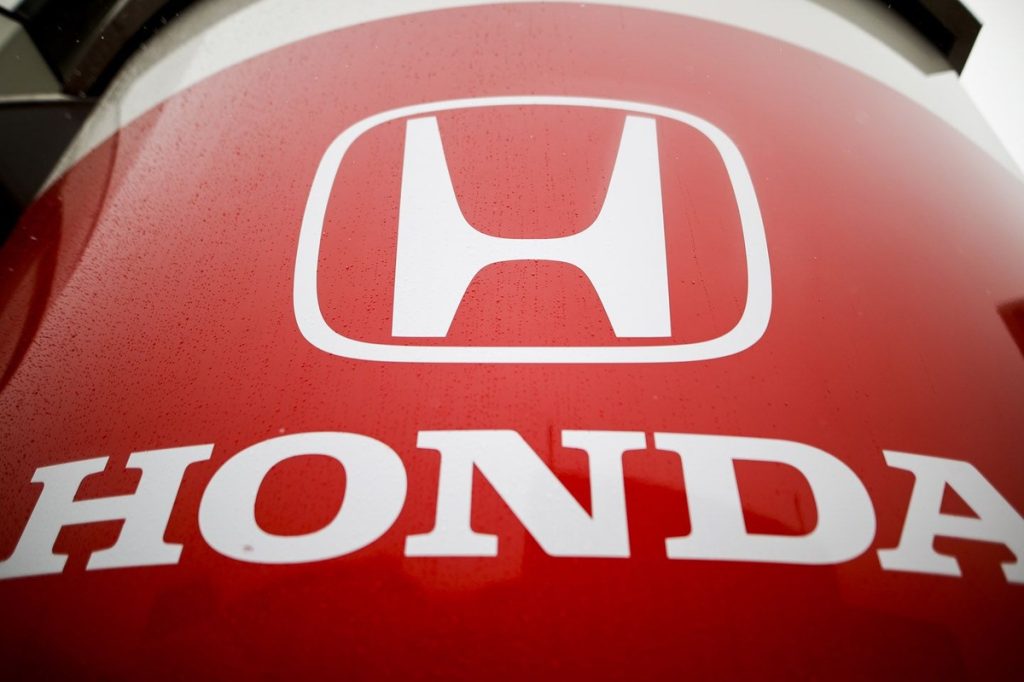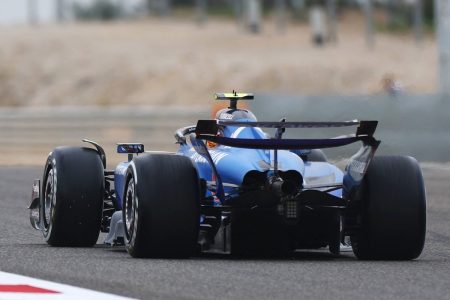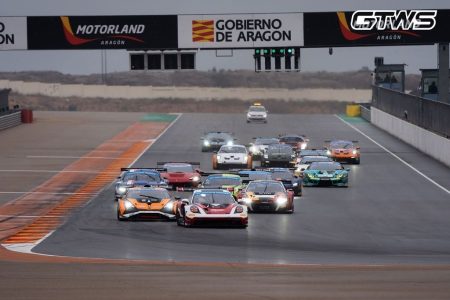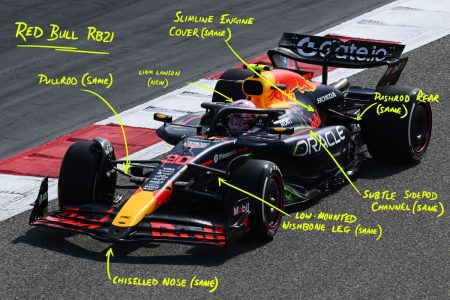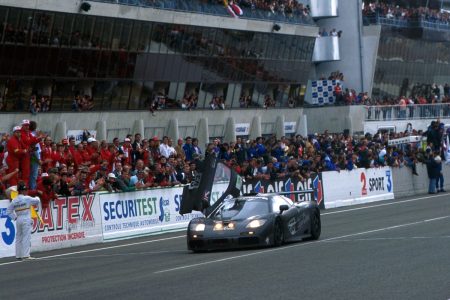Honda’s Strategic Return to Formula 1
Honda has announced its plans to push back its FIA homologation process until just before the 2026 Formula 1 season, a move that underscores the brand’s commitment to developing its V6 turbo-hybrid engine to the "very last moment." The 2026 powertrain formula marks a significant shift with a more balanced power delivery between the internal combustion engine and the electrical components. While the 1.6-litre V6 turbo engines remain, they will produce around 550bhp, with the remaining 450bhp coming from the electric motor, contributing to a total projected output of 1000bhp. This strategic delay allows Honda to refine its power unit and maximize its performance potential for its return to F1 after a brief hiatus.
A Full-Factory Return and Partnership with Aston Martin
Honda’s return to F1 is not just a comeback but a full-factory re-entry, a decision that comes after its withdrawal from the championship at the end of 2021. During this hiatus, Honda continued to support the newly-formed Red Bull Powertrains, ensuring the continuation of its title-winning power unit design. However, the relationship with Red Bull came to an end, and Honda has since joined forces with Aston Martin for the 2026 season and beyond. This partnership was a late decision, driven by the need to rebuild its team and secure the necessary resources. Tetsushi Kakuda, the overall leader of the F1 project at Honda Racing Corporation (HRC), emphasizes that despite the late start, Honda has made significant progress and is on track to meet its development goals.
Advances in Engine Development and Testing
Kakuda notes that Honda has reached a considerable stage in its engine project, with ongoing test bed operations aimed at optimizing the combustion engine. The team is facing significant challenges in handling high-speed combustion, especially given the changing environmental factors and fuel-related dynamics. However, the overarching goal remains the same: to burn fuel as quickly and efficiently as possible. Honda is creating an environment to achieve this, drawing on its extensive experience and cutting-edge technology. While the exact timeline for integrating the engine with Aston Martin’s chassis is not finalized, Honda is working closely with the British squad to ensure a seamless transition. Key timing points have been identified for the finalization of major components, and the schedule is being carefully coordinated to meet homologation deadlines.
Reestablishing a UK Presence and Global Collaboration
To support its return to F1, Honda has reestablished a UK base in Milton Keynes, taking back control of the headquarters it had previously operated with Red Bull. The energy drink brand had taken over the premises when it took charge of the Honda power units but has since developed its own facilities. HRC’s UK branch will primarily handle power unit maintenance and operational tasks, ensuring that the team can focus on performance and reliability. Koji Watanabe, president and CEO of HRC, will also serve as the president of HRC UK, underscoring the importance of this new setup. Meanwhile, the development efforts continue at HRC’s Sakura base in Japan, in collaboration with HRC US, which was reorganized from Honda Performance Developments (HPD) at the end of 2023.
A Focus on Innovation and Sustainability
Honda’s return to F1 is not just about winning races but also about contributing to the sport’s sustainability goals. The 2026 powertrain regulations are designed to promote more efficient and environmentally friendly engines, aligning with Honda’s broader corporate objectives. The brand’s commitment to high-speed combustion and fuel efficiency not only enhances performance but also supports the development of technologies that can be applied beyond the race track. This holistic approach ensures that Honda’s F1 efforts contribute to its overall mission of reducing environmental impact and promoting sustainable mobility.
Looking Forward to 2026
As Honda prepares for the 2026 Formula 1 season, the team is focused on leveraging its late start to its advantage. By pushing the homologation process until the last possible moment, the brand aims to ensure that its power unit is as advanced and competitive as possible. The partnership with Aston Martin represents a new chapter in Honda’s F1 history, one that combines the brand’s technical expertise with the British team’s ambition. With a strong foundation in place and a clear development plan, Honda is poised to make a significant impact in the upcoming season, marking its return to the pinnacle of motorsport with a formidable and innovative powertrain.

